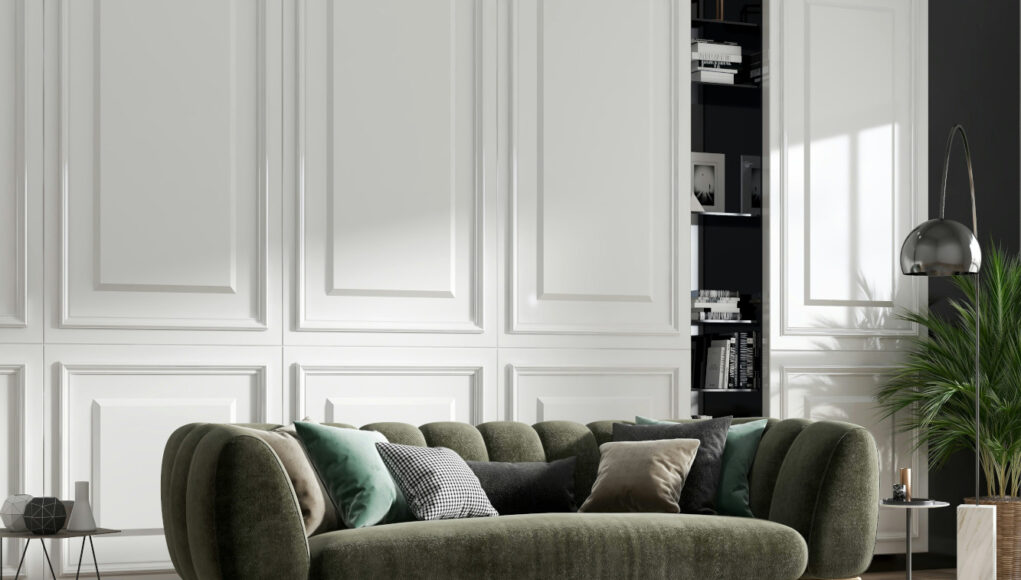Form, the often-overlooked backbone of interior design, is more than just aesthetics. It’s the tangible expression of space, dictating how we move, feel, and interact within a room. Let’s take it back to basics and delve into the intricacies of form, exploring its role in creating functional and visually captivating interiors.
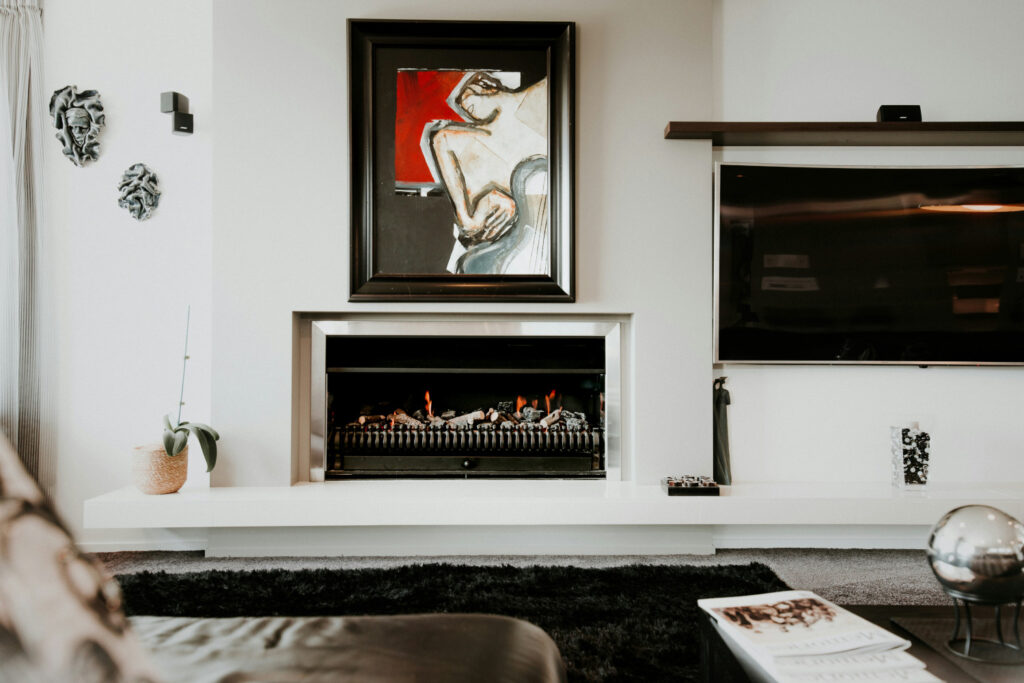
The Power of Form
- Form as a Functional Framework: Beyond its aesthetic appeal, form plays a crucial role in defining the functionality of a space. From the efficient layout of a kitchen to the inviting flow of a living room, form is the architectural blueprint that guides our movements.
- Form as a Mood Creator: The shape of objects and spaces can evoke powerful emotions. Soft curves induce relaxation, while sharp angles stimulate energy. By understanding this psychological impact, designers can manipulate form to create desired atmospheres.
- Form as a Spatial Definer: Form establishes the boundaries of a room, creating a sense of enclosure or openness. Through careful consideration of volume, mass, and negative space, designers can sculpt environments that feel both intimate and expansive.
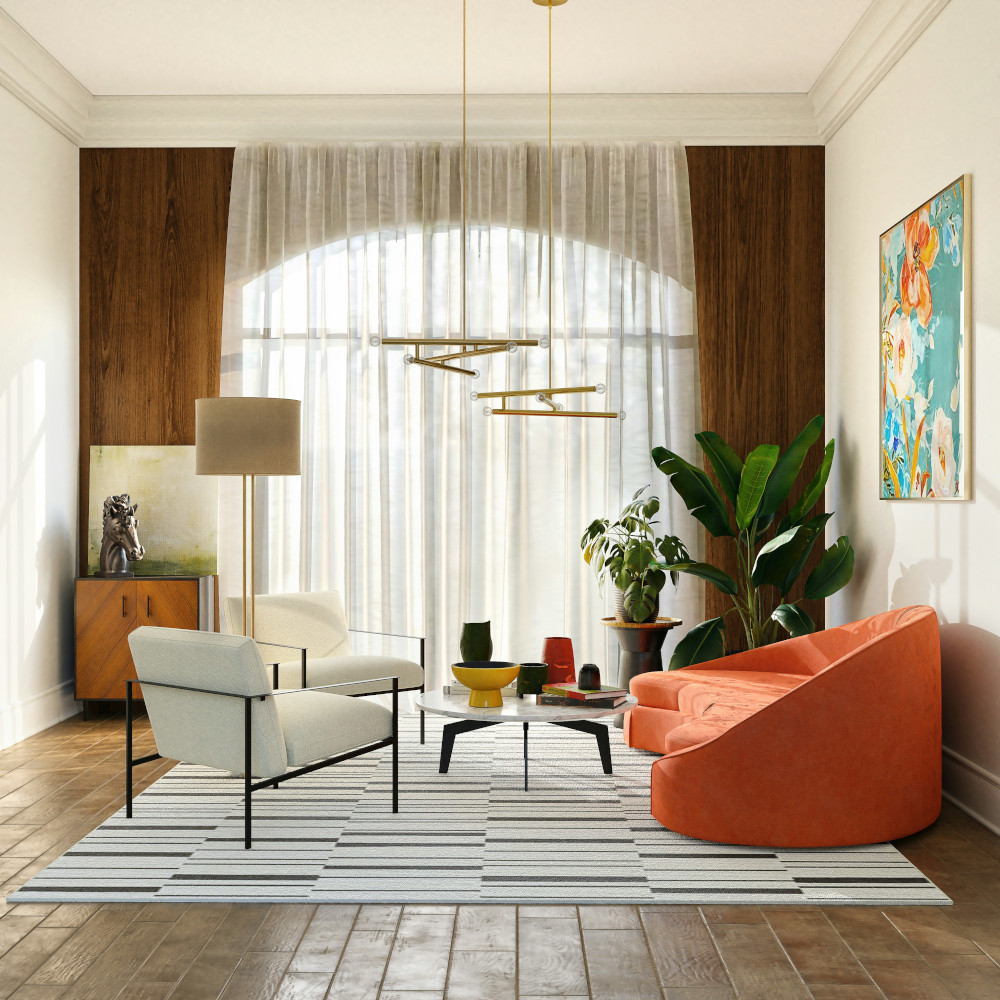
Types of Form and Their Impact
- Organic vs. Geometric: Organic forms, inspired by nature, bring warmth and character to a space. Geometric forms, characterized by precision and symmetry, offer a sense of order and modernity. The interplay between these two styles can create dynamic and visually interesting interiors.
- Open vs. Closed: Open forms invite the eye to explore, while closed forms create a sense of containment. Balancing these forms is essential for achieving a harmonious and engaging space.
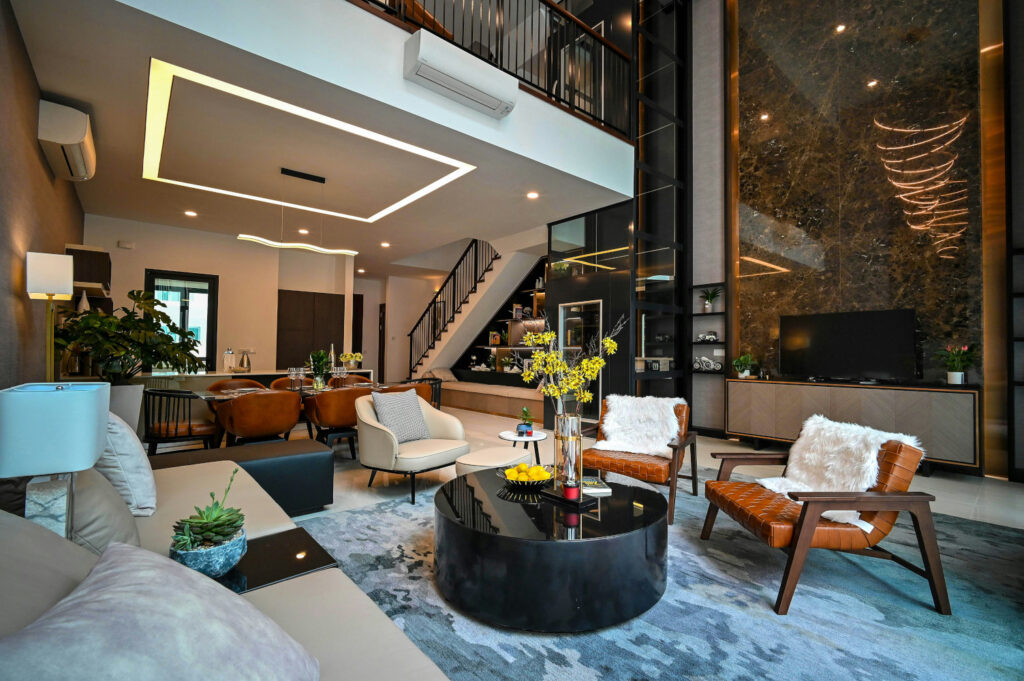
The Elements and Principles of Form
To master the art of form, designers must understand the fundamental elements and principles that shape their creations:
- Line: The foundation of form, lines direct the eye and define edges.
- Shape: The two-dimensional outline that creates the basic form.
- Volume: The three-dimensional mass of an object, influencing its scale and impact.
- Texture: The surface quality of a form, affecting its visual and tactile experience.
- Color: While often associated with aesthetics, color also plays a crucial role in defining form, as it can make objects appear larger or smaller, closer or farther away.
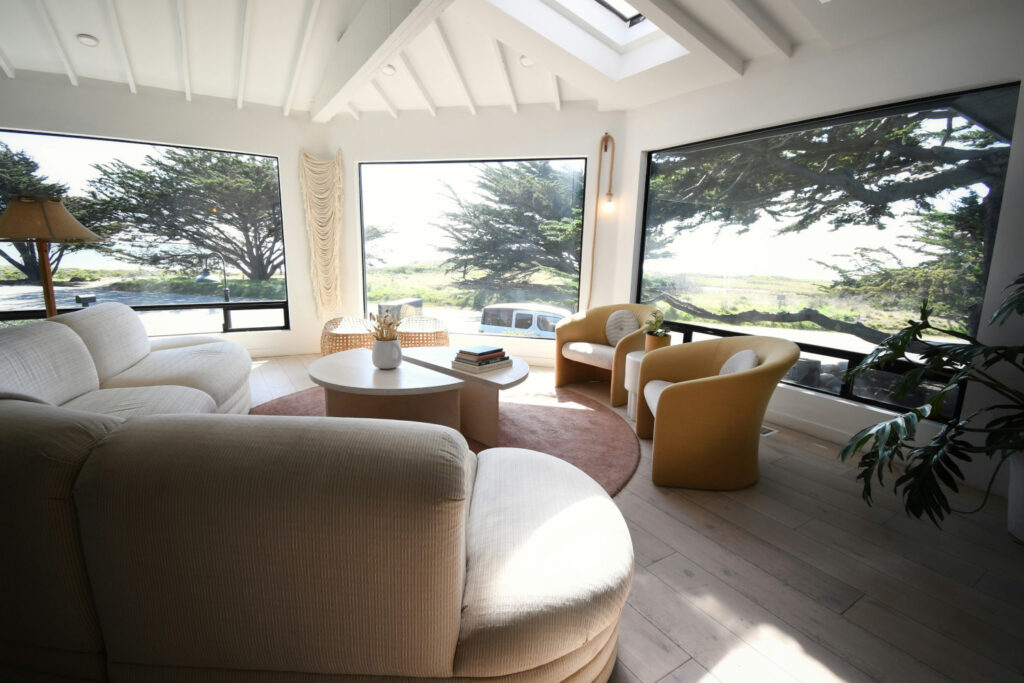
The principles of harmony, balance, and accent ensure that forms work together cohesively to create a visually pleasing and functional space. Some additional considerations:
- Form and Scale: The relationship between the size of objects and the space they occupy is crucial. Form can be used to create a sense of grandeur or intimacy.
- Negative Space: The empty space around forms is just as important as the forms themselves. Negative space can create a sense of balance and visual interest.
- Form and Materiality: The choice of materials significantly impacts the perception of form. Different materials have unique textures, colors, and weights, which can influence the overall feel of a space.
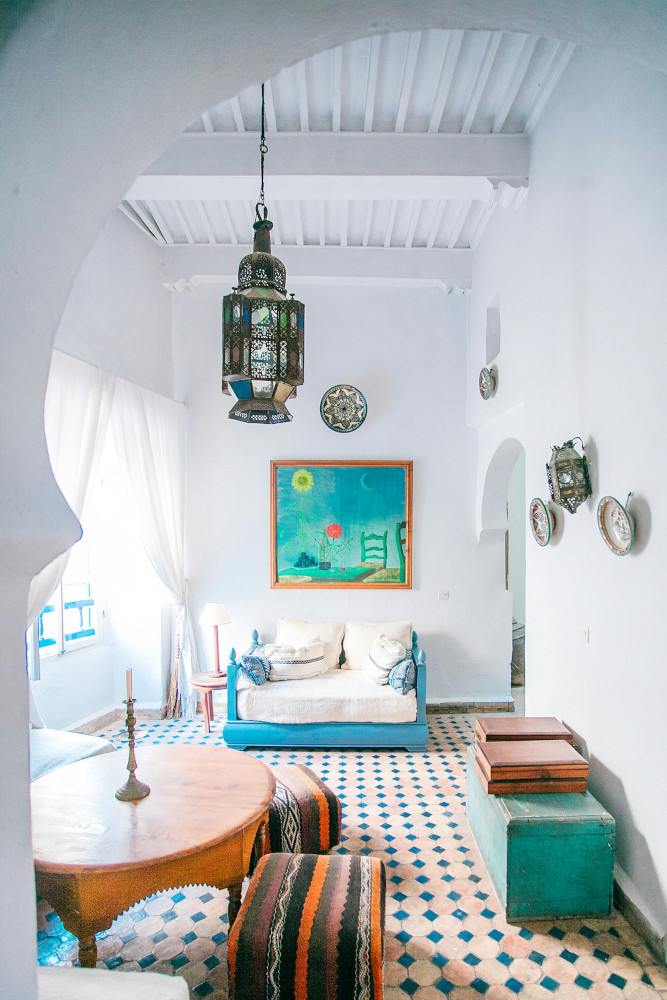
Form Follows Function: A Timeless Principle
Ultimately, the most successful interior designs prioritize function over form. While aesthetics are important, a space must first serve its intended purpose. By understanding the relationship between form and function, designers can create interiors that are both beautiful and practical.
Form is a powerful tool in the interior designer’s arsenal. By mastering its elements and principles and understanding its impact on function and mood, designers can create spaces that are not only visually stunning but also enhance the lives of those who inhabit them.
SOURCES: DIY Home Comfort, Furnish and Finish


